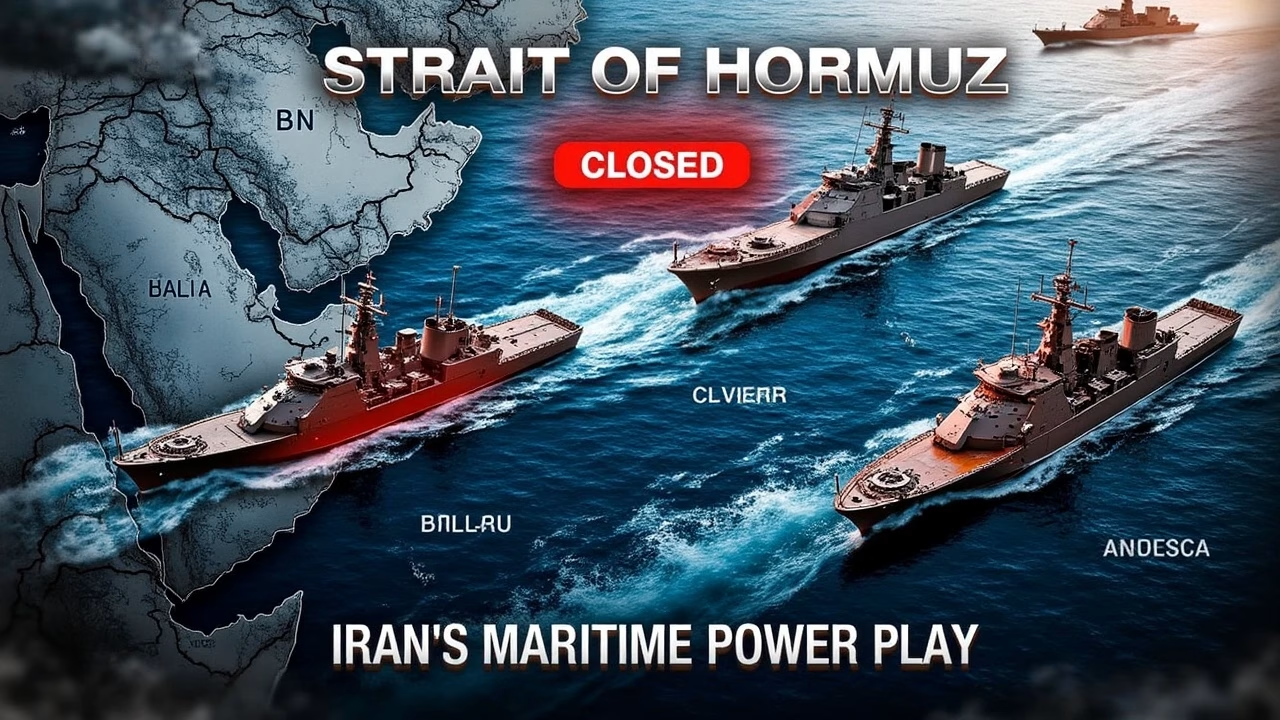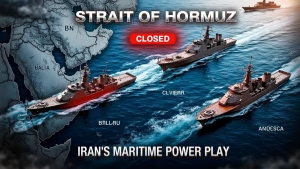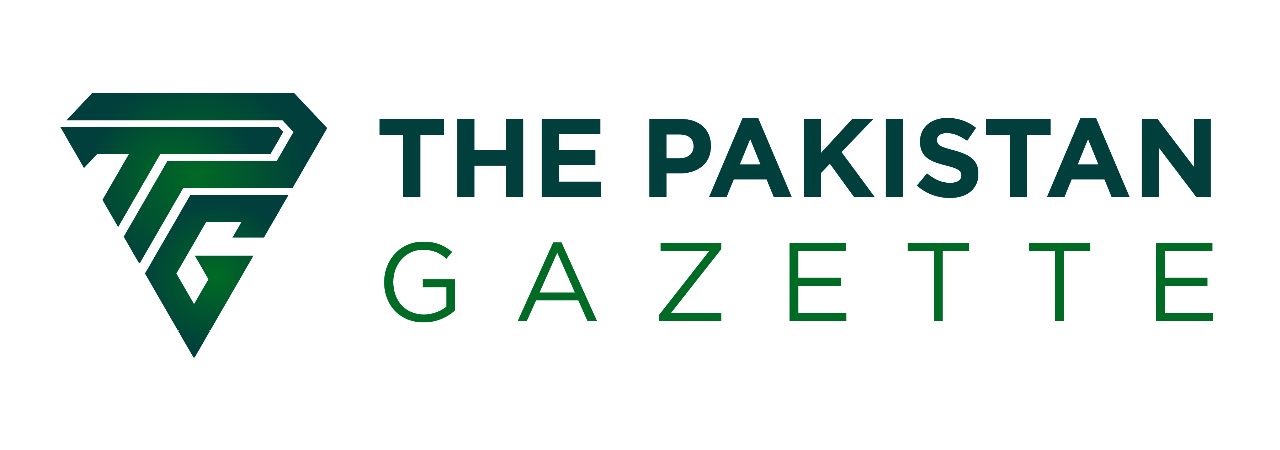
Explore how Iran’s unconventional naval capabilities could threaten global trade by potentially closing the Strait of Hormuz — a vital artery for oil exports and maritime commerce.
Closing the Strait of Hormuz
The Strait of Hormuz, a narrow waterway connecting the Persian Gulf to the Indian Ocean, is one of the world’s most critical maritime chokepoints. Roughly 20% of global trade, including a significant portion of crude oil exports from Gulf States, passes through this strategic passage. Recent statements from Iran’s parliament about potentially closing the Strait of Hormuz in response to escalating tensions—most notably following reported U.S. airstrikes on Iranian nuclear sites—have thrust this issue into the spotlight. While the decision to block the Strait of Hormuz has not been ratified or implemented as of now, the mere possibility demands serious attention. Iran possesses a range of unconventional naval capabilities that could make such a blockade not only feasible but also extraordinarily difficult to counter. Here’s why we should take this threat seriously.

Iran’s ability to disrupt the Strait of Hormuz is not rooted in its conventional navy, which is modest and unlikely to withstand a direct confrontation with Western forces, as seen in the 1980s. Instead, Iran’s strength lies in asymmetric warfare tactics and technologies designed to exploit vulnerabilities in larger, more advanced navies and merchant fleets. Chief among these is the use of naval mines. Modern mines are not the floating, spiky relics of old war movies. Iran’s bottom mines, which rest on the seabed of the Strait of Hormuz, are sophisticated, capable of detecting passing ships and detonating with ship-sinking warheads.
Clearing these mines is a daunting task. Western mine countermeasures vessels, while present in the Gulf, are vulnerable and require a highly permissive environment to operate effectively. Achieving such conditions near Iran’s coastline, under the shadow of its defences, would demand creative tactics and near-total dominance—an operational challenge far greater than what we’ve seen in countering Houthi threats in the Red Sea.
Beyond mines, Iran’s arsenal includes anti-ship ballistic missiles, which have been used with limited success by Houthi forces in the Red Sea. While these missiles may struggle to hit or sink merchant ships, Iran likely possesses more advanced variants than those supplied to its proxies. A well-placed strike on a warship or a vulnerable merchant vessel in the Strait of Hormuz, especially one carrying flammable cargo, could wreak havoc. Complementing these are Iran’s anti-ship cruise missiles, such as the C-802 and its variants, which are modernised Chinese designs akin to the Harpoon or Exocet. While not guaranteed to sink ships, they can inflict significant damage. Iran also fields smaller, novel anti-ship missiles with substantial warheads for their size, adding to the layered threat.
The Islamic Revolutionary Guard Corps (IRGC), which operates a parallel navy to Iran’s conventional forces, brings additional capabilities to the table. The IRGC’s fleet includes fast attack craft, such as rigid inflatable boats equipped with torpedoes, and swarms of small boats, some armed with missiles or explosives. These explosive-laden boats, designed to ram targets, have proven effective in Houthi operations and could overwhelm defences in the early stages of a blockade in the Strait of Hormuz. Iran’s small submarines, particularly the Ghadir-class, are another concern. Based on North Korean designs, these submarines are well-suited for shallow-water operations in the Strait of Hormuz. They can carry torpedoes, anti-ship missiles, or deploy mines discreetly, blending into civilian maritime traffic when surfaced. Their torpedoes, like the North Korean YT-534 UW1, are proven threats, and their ability to lay mines covertly amplifies Iran’s capacity to sustain a blockade.
Iran also possesses weaponised autonomous underwater vehicles (AUVs), including slow-moving “torpedoes” designed to strike static or predictable targets, such as anchored ships or slow-moving tankers. Larger extra-large underwater vehicles (XLUVs) could serve similar roles, though less is known about their capabilities. Drones, too, play a part in Iran’s strategy. While unlikely to sink ships, they can harass merchant vessels far into the Indian Ocean and within the Strait of Hormuz, especially if launched in swarms or targeted at undefended ships. Iran’s ability to provide mid-course guidance, possibly via ships at sea, extends the reach of these drones, creating a persistent threat.
Defensively, Iran’s air defences, though depleted, remain a concern. The SAM-358 surface-to-air missile system, highly effective against slow-flying surveillance drones and helicopters, could complicate Western efforts to clear mines or conduct maritime patrols over the Strait of Hormuz. This system’s mobility and survivability make it a unique challenge, distinct from Iran’s broader, attritted air defence network.
Closing the Strait of Hormuz would be Iran’s trump card—a last resort with profound implications. Once played, it cannot be replayed easily, as it would invite a massive international response and disrupt global trade. Yet, Iran’s diverse and unconventional naval capabilities make this threat credible. From mines and missiles to submarines and swarms of small boats, Iran has the tools to create chaos in one of the world’s most vital waterways. Western planners, while resourceful, would face significant hurdles in countering such a blockade, requiring innovative strategies and substantial resources.
As tensions simmer, understanding Iran’s capabilities in the Strait of Hormuz is critical. This is not a hypothetical scenario but a tangible risk with global consequences. We must approach it with the seriousness it demands, recognising that the Strait of Hormuz is not just a waterway—it’s a linchpin of the global economy.

Ashfaq Ali Khan is a scholar of Political Science and International Relations, known for his insightful analyses of global political dynamics.

One reply on “Closing the Strait of Hormuz: Iran unconventional maritime power”
The blockade of the Strait of Hormuz does not constitute a viable strategic approach in the contemporary geopolitical context. The use of oil embargoes as leverage may have been effective in the pre-1970s era, but in the 21st century, such measures are increasingly obsolete. Notably, a blockade of the Strait is unlikely to exert significant pressure on the United States; rather, it may inadvertently strengthen Washington’s strategic posture. European states can diversify their energy imports via Atlantic routes, mitigating any substantial disruption. However, the primary impact would be borne by Asian nations—many of which maintain diplomatic alignment with Iran. Furthermore, this strategy risks alienating China, whose energy security is deeply tied to the Strait, with approximately 70% of its oil imports passing through it. Consequently, such a move could harm Chinese interests and potentially weaken Beijing’s engagement with Tehran.